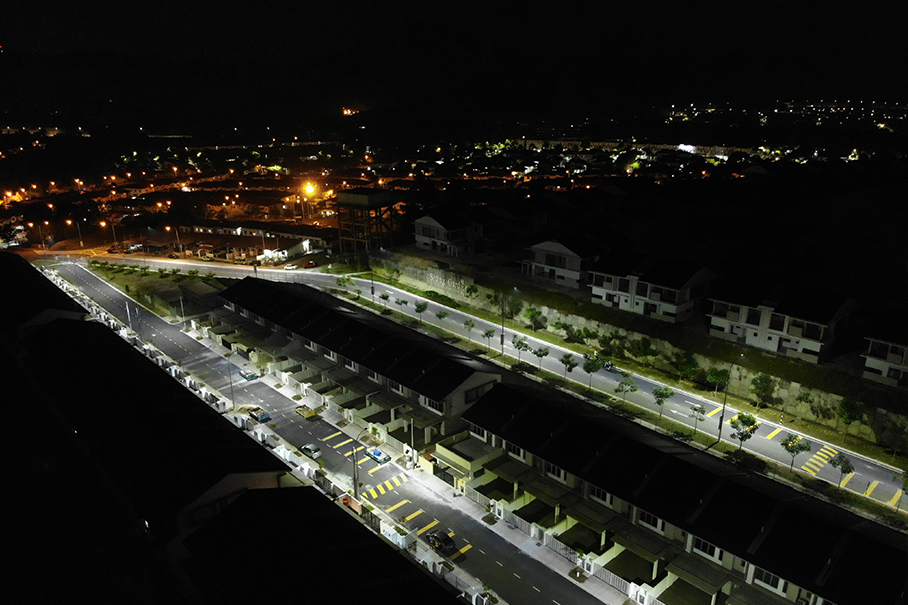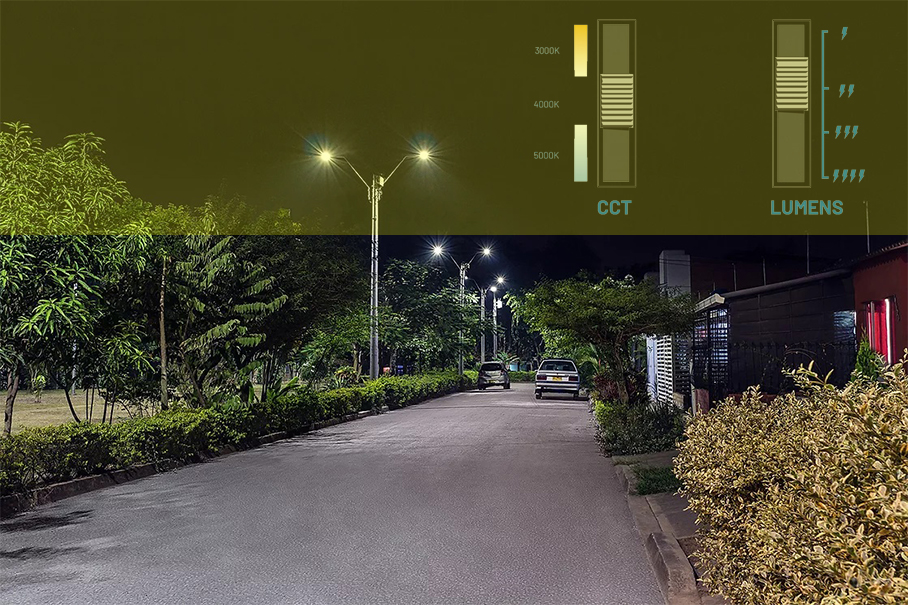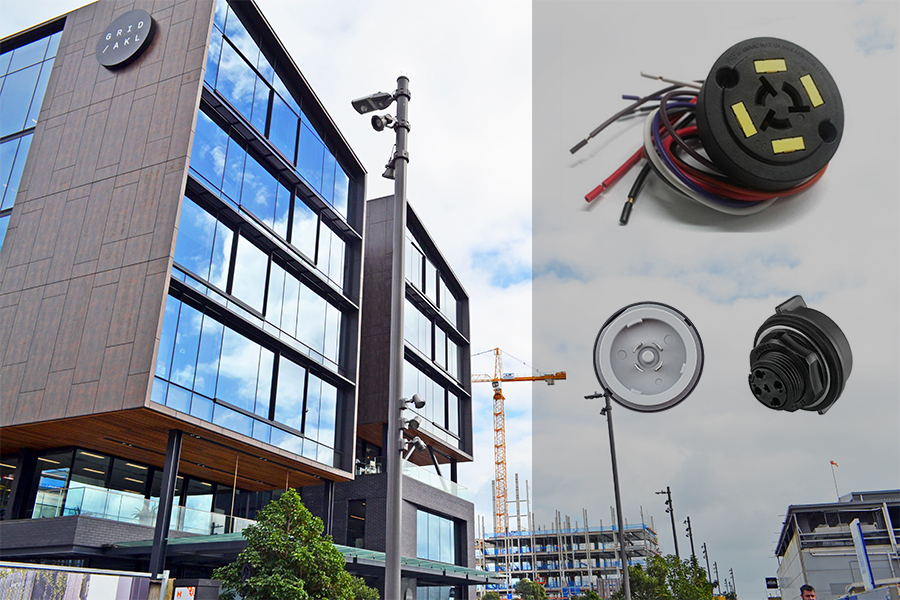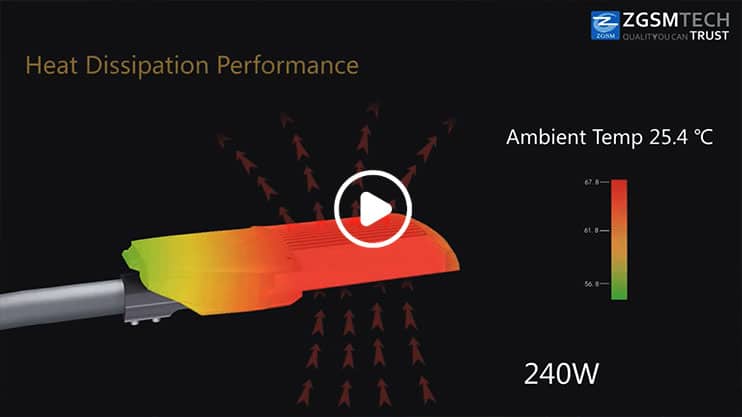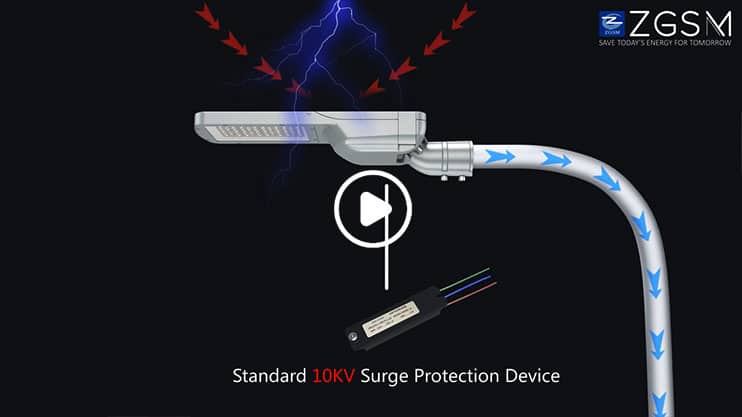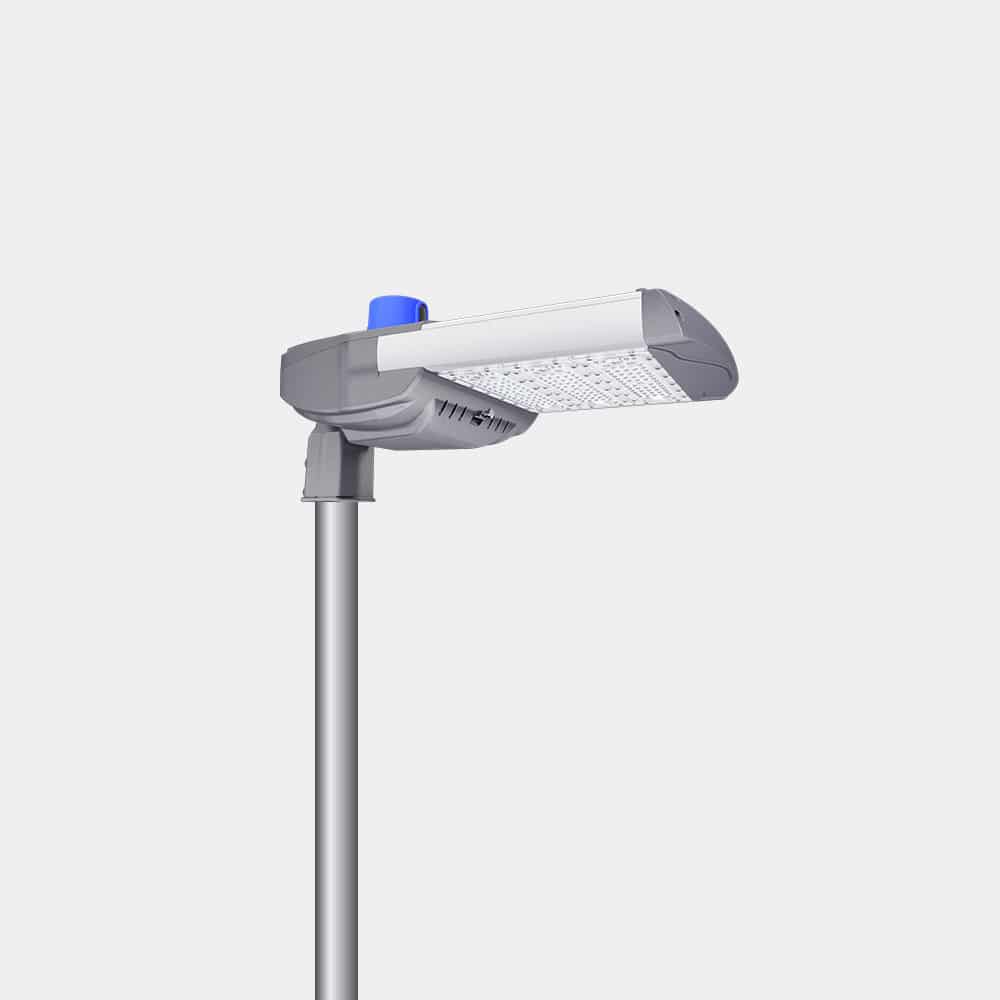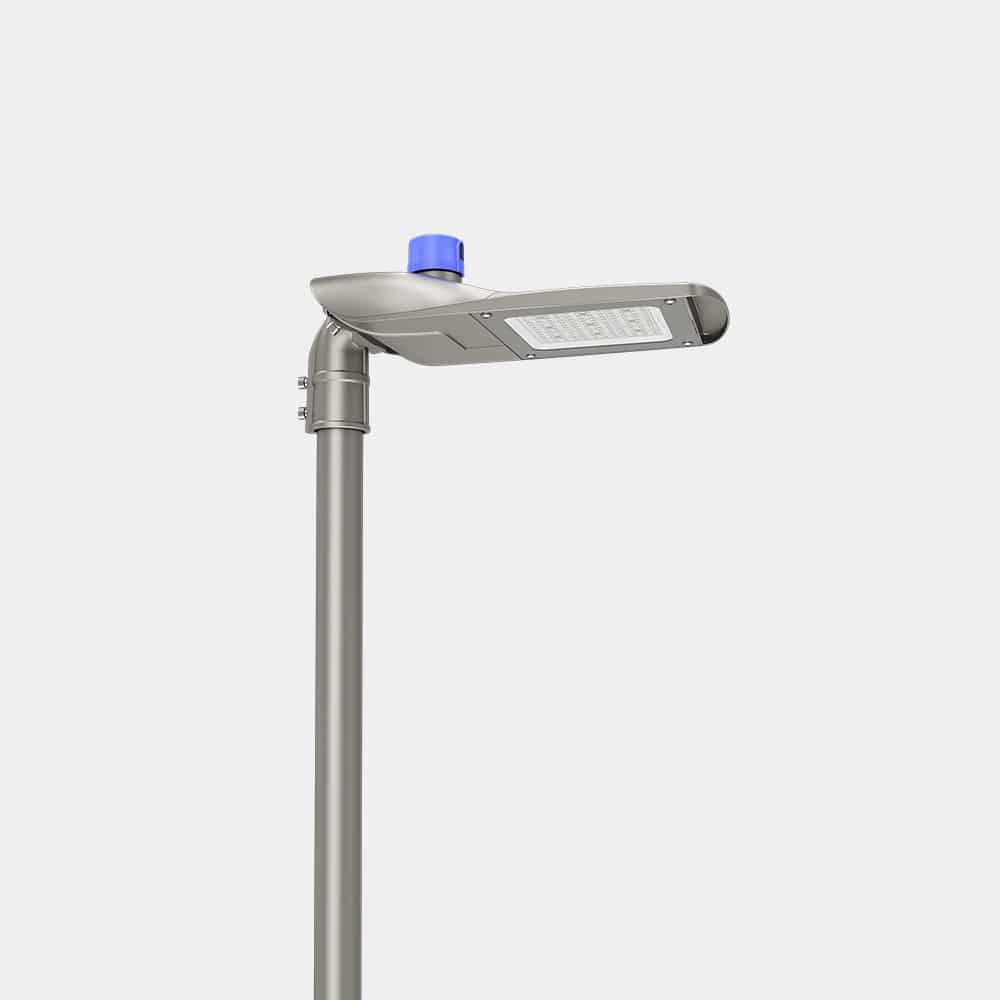What Are The Aging Test Standards For Led Street Lamps?

Sally Liu
Understanding the Aging Test Standards for LED Street Lamps
Welcome to our blog post on understanding the aging test standards for LED street lamps. In this article, we will delve into the importance of these standards and why they are crucial in ensuring the reliability and performance of LED street lamps. We will also explore the various tests involved in the aging process and discuss how they contribute to the overall quality assurance of these lighting fixtures. So, if you have ever wondered about the aging test standards for LED street lamps, then you have come to the right place. Let’s begin by unraveling the significance of these standards and their impact on the lighting industry.
Generally speaking, as green and energy-saving LED lamps,such as the Tool Less LED Street Light ,if the degradation performance test before use will show a certain degree of instability, such as LED lamps in the use of environmental impact and operation is not standard, then the product will flash, not bright, bad lights and other phenomena, so that LED lamps can not be as long as the expected service life.
What Are the Aging Test Standards for LED Street Lamps?
LED street lamps are becoming increasingly popular due to their energy efficiency and long lifespan. However, before these lamps can be installed on city streets, they must undergo rigorous aging tests to ensure their durability and performance. In this blog post, we will delve into the aging test standards for LED street lamps and how they are conducted.
The aging test standards for LED street lamps encompass various factors such as luminous flux maintenance, color maintenance, and thermal management. Luminous flux maintenance refers to the ability of the lamp to maintain its brightness over time. This is important as the brightness of street lamps directly affects visibility and safety on the roads.
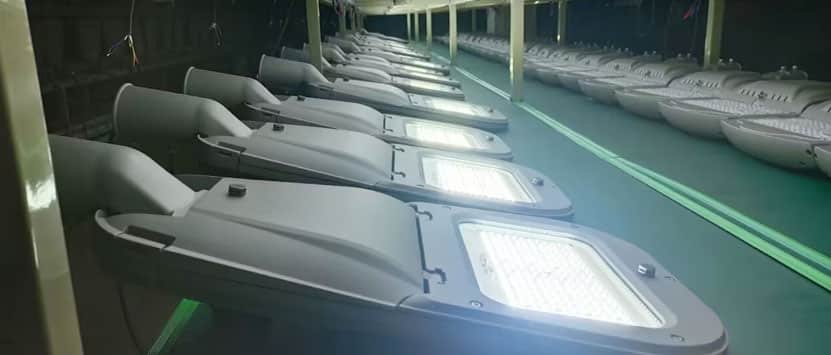
Color maintenance is another crucial aspect of the aging test standards. LED lamps should maintain their color consistency throughout their lifespan. This is measured using the Color Rendering Index (CRI), which evaluates the lamp’s ability to accurately render colors. A high CRI ensures that objects appear true to their actual colors under the lamp’s illumination.
Thermal management is also a key factor in the aging test standards. LED lamps generate heat during operation, and effective thermal management is necessary to prevent overheating and ensure the lamp’s longevity. The aging test standards evaluate the lamp’s ability to dissipate heat and maintain optimal operating temperatures.
By adhering to these aging test standards, LED street lamp manufacturers can ensure that their products meet the highest quality and performance requirements. This blog post will provide an in-depth understanding of these standards and shed light on the importance of conducting thorough aging tests for LED street lamps.
In conclusion, this blog post has provided a comprehensive understanding of the aging test standards for LED street lamps. By exploring the importance and requirements of these standards, readers can gain insight into the longevity and performance of LED street lamps. Understanding these standards is crucial for ensuring the reliability and effectiveness of lighting solutions in modern cities.
Understanding the Aging Test
In order to prevent and control LED quality problems, 100% of LED lamps need to be aging tested after they are manufactured into finished products. The main purpose is to test whether the LED is damaged in the assembly process, and to test whether the power supply is stable in the high temperature environment. The aging test has flexibility in practical operation, which can not only meet the requirements of relevant standards, but also improve the production efficiency.
Impact of Skipping the Aging Test
If there is no aging link, the product quality cannot be guaranteed, and uncertain factors will appear in the initial stage of operation, which will greatly increase the follow-up maintenance cost and safety accidents. By contrast, before leaving the factory, the products have passed the professional aging and made the inspection check, which has improved the efficiency of the lamps and lanterns and greatly increased the stability of the later work efficiency. This is also the spirit of craftsman that we will never change and enjoy high-quality lighting.
The Test Standards for LED Lamps
Such As Modular Design LED Street Lights Are Divided Into The Following Four Types, Test the aging and impact of the driving power supply;
According to the batches of LED, sampling is done for large current light attenuation test;
Conduct a full set of tests and aging tests over 24 hours for newly developed engineering products to evaluate the stability and service life;
For mass production products, routine full set test and 6-12 hours aging impact test.
We do a good job in every lamp, but also a social responsibility; Dedicated to customers with excellent products, sincere service to win the trust of customers, to achieve the “do the best LED products, do the best LED enterprise” development vision.
Tags:
FAQ
Author

Sally Liu
Sales Engineer
Possessing more than 10 years of experience in street lighting solutions. English and Spanish language proficiency.
